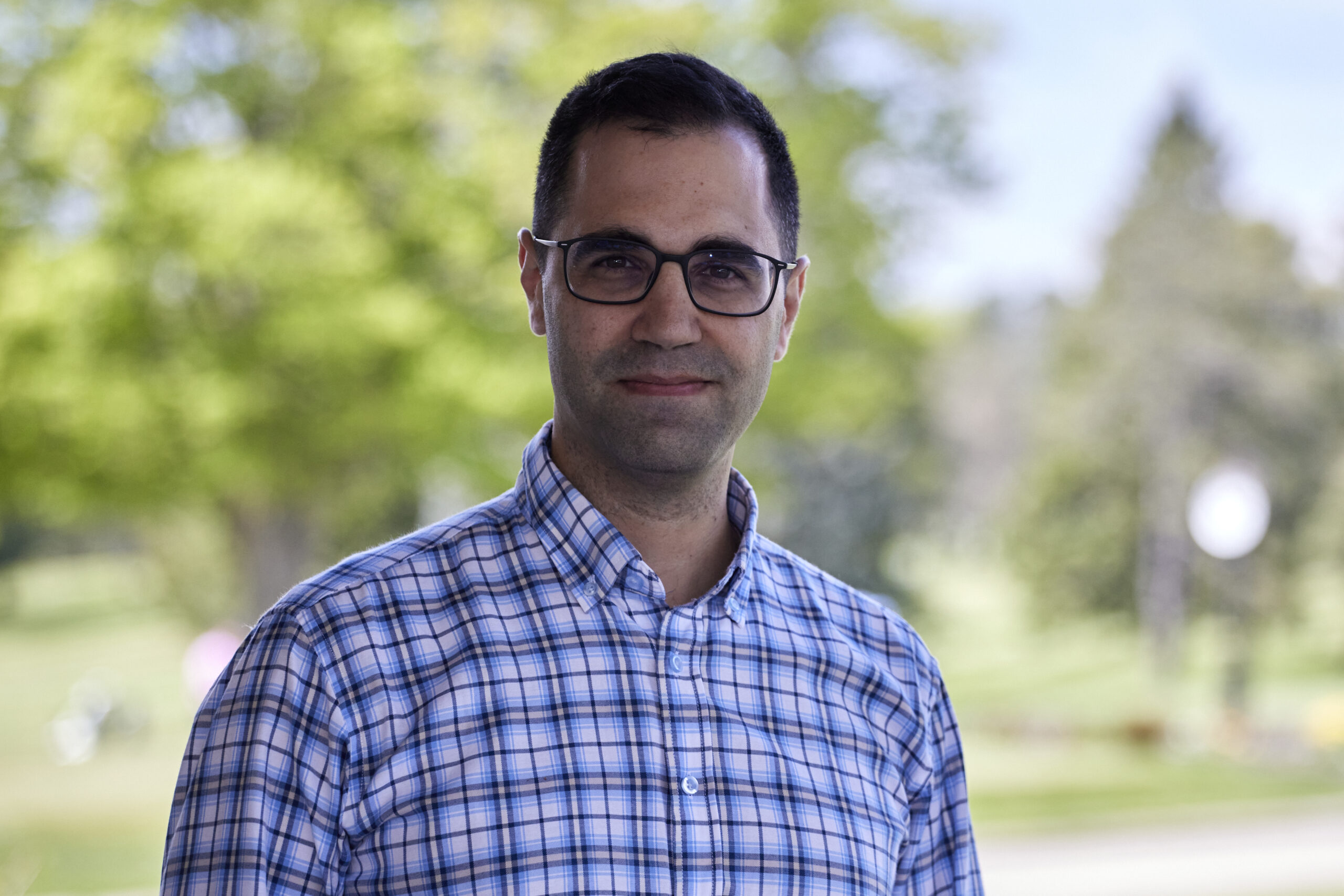Based on PURE study data, researchers have found differences between tobacco smokers in 14 countries, of varying income level, when it comes to a biomarker of cyanide exposure. Smokers in Canada and other high-income nations were exposed to higher levels of cyanide than in lower-income countries.
The study was led by two members of McMaster University’s Department of Chemistry and Chemical Biology – Stellena Mathiaparanam and Philip Britz-McKibbin – with coauthors including PHRI Senior Scientists Salim Yusuf, Koon Teo, and Guillaume Pare.
They found that the biomarker, called urinary thiocyanate, “may allow for more reliable estimates of the hazards of tobacco smoking between countries with varying socioeconomic development as compared to self-reports” by smokers.
Measuring thiocyanate in smokers’ urine was also more sensitive and accurate than measuring cotinine, which is the chemical your body makes from nicotine, they published this week in the journal, Nicotine & Tobacco Research.
“Elevated thiocyanate was evident in current smokers from high-income countries,” the authors wrote, likely reflecting greater amounts of toxins in smokers’ bodies and differences in smoking topography – which means how a smoker smokes the cigarette (volume, duration and speed of puffs).
Britz-McKibbin told McMaster recently:
“The cigarettes commonly consumed in Canada are highly engineered products with lower tar and nicotine content to imply they’re less harmful. Heavy smokers with nicotine dependence compensate by smoking more aggressively with more frequent and deeper inhalations that may elicit more harm, such as greater exposure to the respiratory and cardiotoxin, cyanide.”
Background urinary thiocyanate in (verified) never-smokers was associated with goitrogenic food intake – such as bok choy, broccoli, brussels sprouts, cabbage, and others – which blocks detection of second-hand smoke in the body.





